Planning a self-drive safari in Uganda this season? The Pearl of Africa offers incredible wildlife experiences, but proper preparation with the right tools and gadgets can make the difference between an adventure and a survival story. Here’s your comprehensive guide to essential equipment for a safe and successful self-drive safari.
Navigation and Communication
GPS and Mapping Tools
- Offline GPS Navigation: Download Google Maps and Maps.me apps before departure. Maps.me allows you to download Uganda’s maps for offline GPS use – crucial for remote areas with limited cell coverage
- Physical Road Maps: Always carry detailed paper maps as backup. Most rental companies provide these, but ensure they’re current
- Satellite Communicator: Consider a GPS messenger device like Garmin inReach for emergency communication in areas without cell service
Communication Devices
- Dual-Band Phone: Ensure your phone works on both GSM bands used in Uganda
- Portable Satellite Phone: For extreme remote areas or emergency situations
- Two-Way Radios: If traveling with multiple vehicles, VHF radios are essential for convoy communication
Vehicle Equipment and Safety
Essential Vehicle Tools
- High-Quality Jack: A reliable hydraulic jack rated for your vehicle’s weight
- Spare Tires: At least two properly inflated spare tires – punctures are common on rough roads
- Tire Repair Kit: Puncture repair tools and portable tire inflator/compressor
- Recovery Equipment: Tow rope, recovery straps, and basic winching gear for getting unstuck
- Emergency Triangle and Reflectors: Required by law and essential for roadside safety
Mechanical Essentials
- Basic Tool Kit: Spanners, screwdrivers, pliers, and multi-tool
- Jump Starter/Power Bank: Portable jump starter that can also charge devices
- Engine Fluids: Extra engine oil, brake fluid, and coolant
- Spare Belts and Fuses: Fan belt, alternator belt, and assorted automotive fuses
- Duct Tape and Cable Ties: Universal repair solutions for temporary fixes
Power and Electronics
Power Management
- Dual Battery System: If available, install a second battery for accessories
- Solar Panels: Portable solar charging systems for extended trips
- 12V Inverter: Convert 12V to 220V for charging laptops and other devices
- Multiple USB Chargers: 12V USB adapters and power banks with high capacity
- Rechargeable LED Lights: Headlamps, flashlights, and lanterns with extra batteries
Essential Electronics
- Digital Camera with Extra Batteries: Multiple spare batteries and memory cards
- Waterproof Camera Case: Protect equipment from dust and moisture
- Binoculars: 8×42 or 10×42 binoculars for wildlife viewing
- Portable Weather Radio: For weather updates and emergency broadcasts
Health and Safety
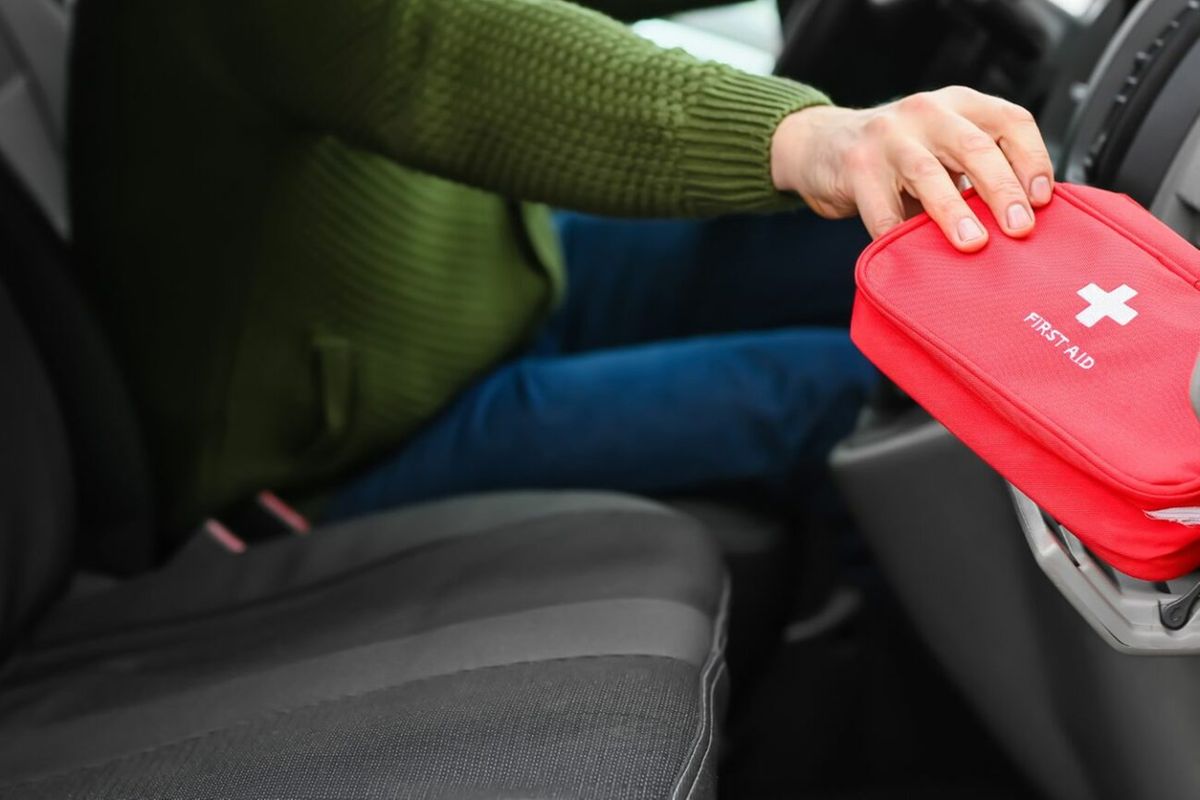
Medical Kit
- Comprehensive First Aid Kit: Including bandages, antiseptics, pain relievers, and anti-diarrheal medication
- Prescription Medications: Bring extra supplies of any personal medications
- Insect Repellent: DEET-based repellent and permethrin-treated clothing
- Sunscreen: High SPF sunscreen and lip balm
- Water Purification: Water purification tablets and portable filter
Safety Equipment
- Emergency Flares: Road flares or LED emergency beacons
- Fire Extinguisher: Small automotive fire extinguisher
- Emergency Blankets: Space blankets for warmth and signaling
- Whistle: For emergency signaling
- Personal Locator Beacon (PLB): For extreme emergency situations
Camping and Comfort
Accommodation Equipment
- Rooftop Tent or Quality Camping Tent: Many rental vehicles come with rooftop tents
- Sleeping System: Sleeping bags rated for local temperatures and sleeping mats
- Portable Camping Chairs: Lightweight, comfortable seating
- Camping Table: Collapsible table for meals and equipment organization
Cooking and Food Storage
- Portable Gas Stove: Reliable camping stove with extra gas canisters
- Cookware Set: Lightweight pots, pans, and utensils
- Cooler/Refrigerator: 12V camping fridge or high-quality cooler with ice packs
- Water Storage: Large water containers (20+ liters) and smaller bottles
- Non-Perishable Food: Emergency food supplies and snacks
Weather Protection
Climate Considerations
- Rain Gear: Quality rain jackets and waterproof pants
- Tarps and Groundsheets: Protection from rain and ground moisture
- Insect Netting: Mosquito nets and screened shelters
- Sun Protection: Wide-brimmed hats, sunglasses, and UV-protective clothing
Documentation and Planning
Essential Documents
- International Driving Permit: Required for driving in Uganda
- Vehicle Documentation: Registration, insurance, and rental agreements
- Medical Insurance: Comprehensive travel and medical insurance
- Emergency Contacts: List of local emergency numbers, embassies, and rental company contacts
- Laminated Maps: Weather-resistant copies of your planned routes
Information Resources
- Guidebooks: Current wildlife and travel guides for Uganda
- Park Information: Current fees, rules, and contact information for national parks
- Local Emergency Services: Numbers for police, medical, and breakdown services
Specialized Safari Equipment
Wildlife Viewing
- Spotting Scope: Higher magnification for distant wildlife viewing
- Camera Tripod: Stable platform for photography
- Bean Bags: Vehicle window mounts for camera stability
- Lens Cleaning Kit: Keep camera lenses clean in dusty conditions
Data and Documentation
- Waterproof Notebooks: For recording sightings and trip notes
- Plastic Storage Bags: Protect documents and electronics from moisture
- External Hard Drive: Backup for photos and important documents
Money and Security
Financial Tools
- Cash in Local Currency: ATMs are scarce in remote areas
- Multiple Payment Methods: Credit cards, debit cards, and cash
- Hidden Money Belt: Secure storage for backup funds and documents
Security Equipment
- Vehicle Security: Steering wheel lock and window covers for privacy
- Personal Security: Door alarms and motion sensors for camping
- Equipment Security: Locks and cables for expensive gear
Pre-Trip Preparation Checklist
Vehicle Inspection
- Check all fluids, tire condition, and spare tire pressure
- Test all lights, wipers, and electrical systems
- Verify jack and tools are present and functional
- Ensure communication devices are charged and tested
Route Planning
- Download offline maps and mark fuel stations
- Research accommodation options and backup plans
- Check current road conditions and seasonal restrictions
- Share your itinerary with someone reliable at home
Final Considerations
- Test all equipment before departure
- Pack a “day one” survival kit with essentials easily accessible
- Create redundancy for critical items (navigation, communication, tools)
- Consider weight distribution and vehicle capacity limits
Expert Tips for Success
- Redundancy is Key: Have backup options for navigation, communication, and critical tools
- Know Your Limits: Don’t attempt roads beyond your skill level or vehicle capability
- Local Knowledge: Connect with local guides and other travelers for current information
- Flexibility: Be prepared to change plans based on road conditions and weather
- Environmental Respect: Follow Leave No Trace principles and respect wildlife
Remember that Uganda’s road conditions can be challenging, especially during rainy seasons. A reliable 4WD vehicle with high ground clearance is essential for tackling rough roads and slippery tracks, and having a good jack and reliable spare tire are absolute essentials. While Google Maps can be used for navigation, downloading offline maps through apps like Maps.me provides crucial backup when cell phone coverage is limited.
A successful self-drive safari in Uganda requires careful preparation, quality equipment, and respect for the challenging but rewarding environment. With proper planning and the right tools, you’ll be ready to experience the incredible wildlife and landscapes that make Uganda truly the Pearl of Africa.
To book a self drive car rental in Uganda today for your next safari adventure or business trip – simply contact us now by sending an email to info@ugandacarrentalservices.com or call us now on +256-700135510 to speak with the reservations team.

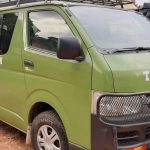
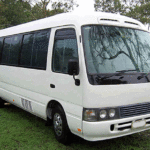
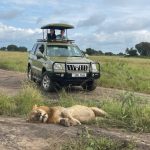
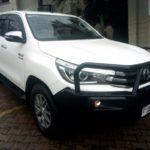
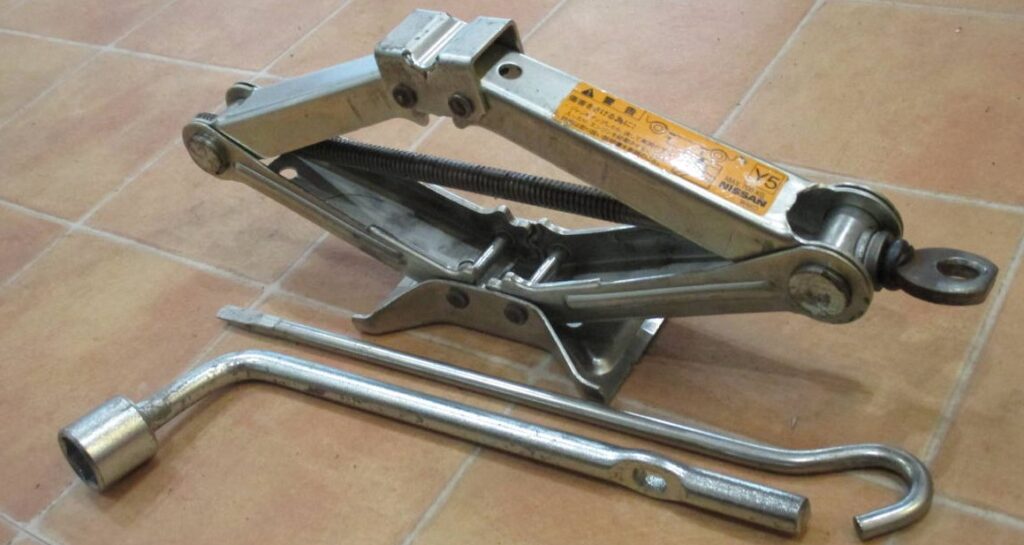
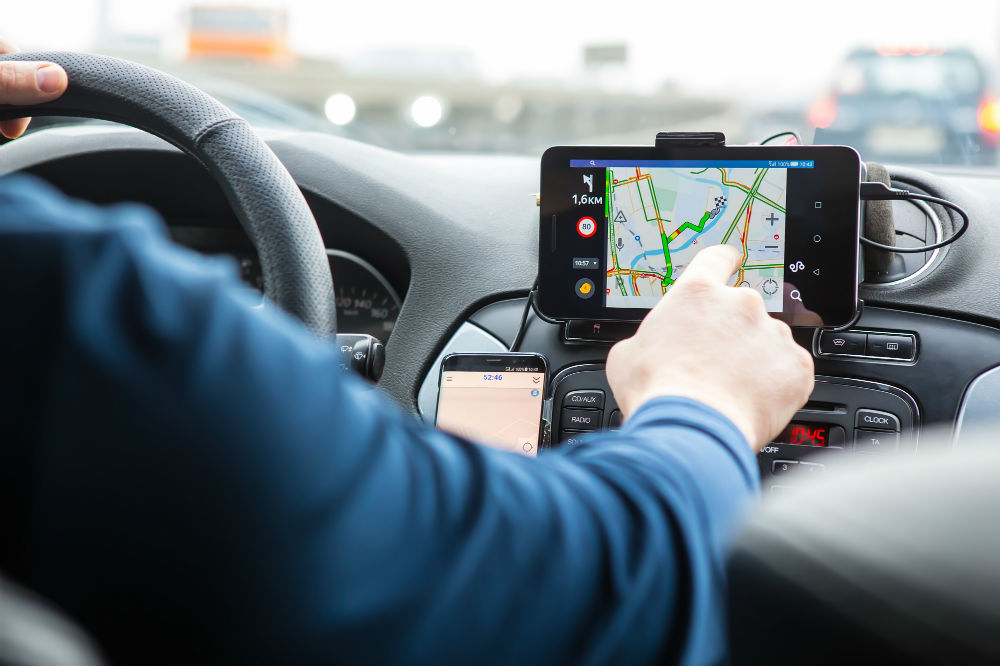
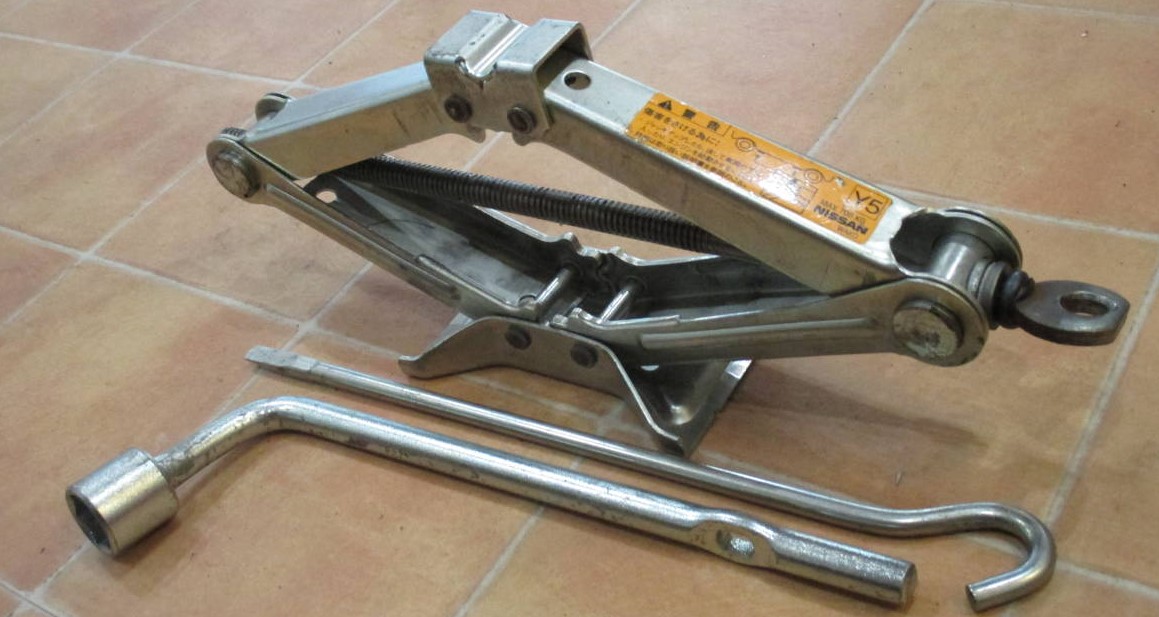
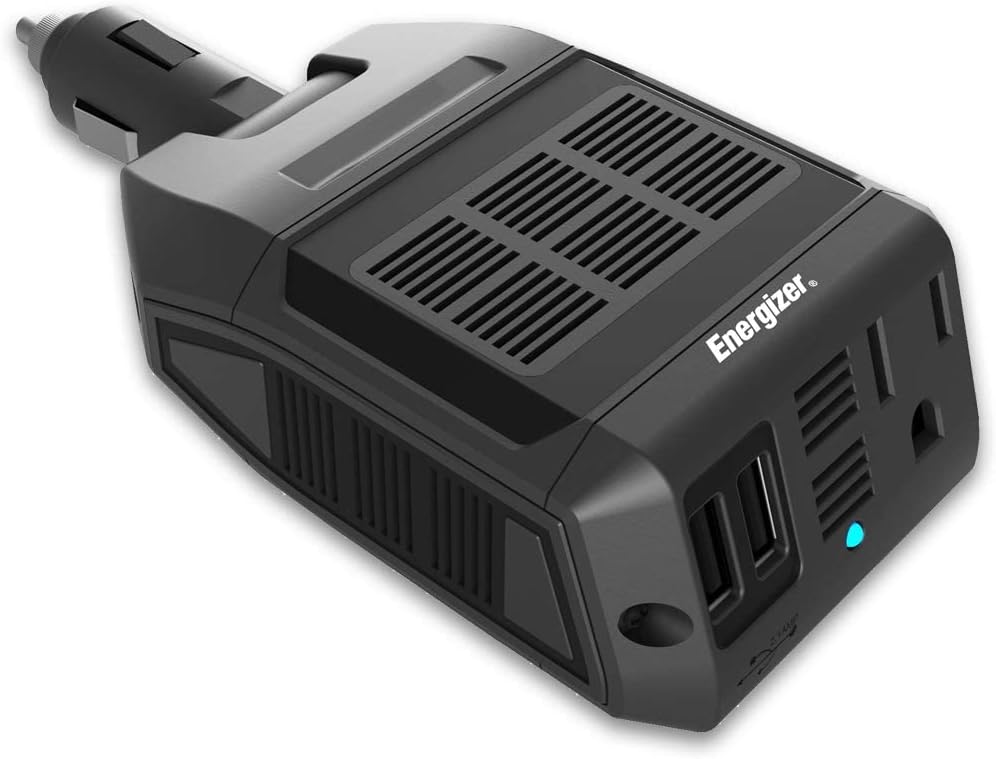
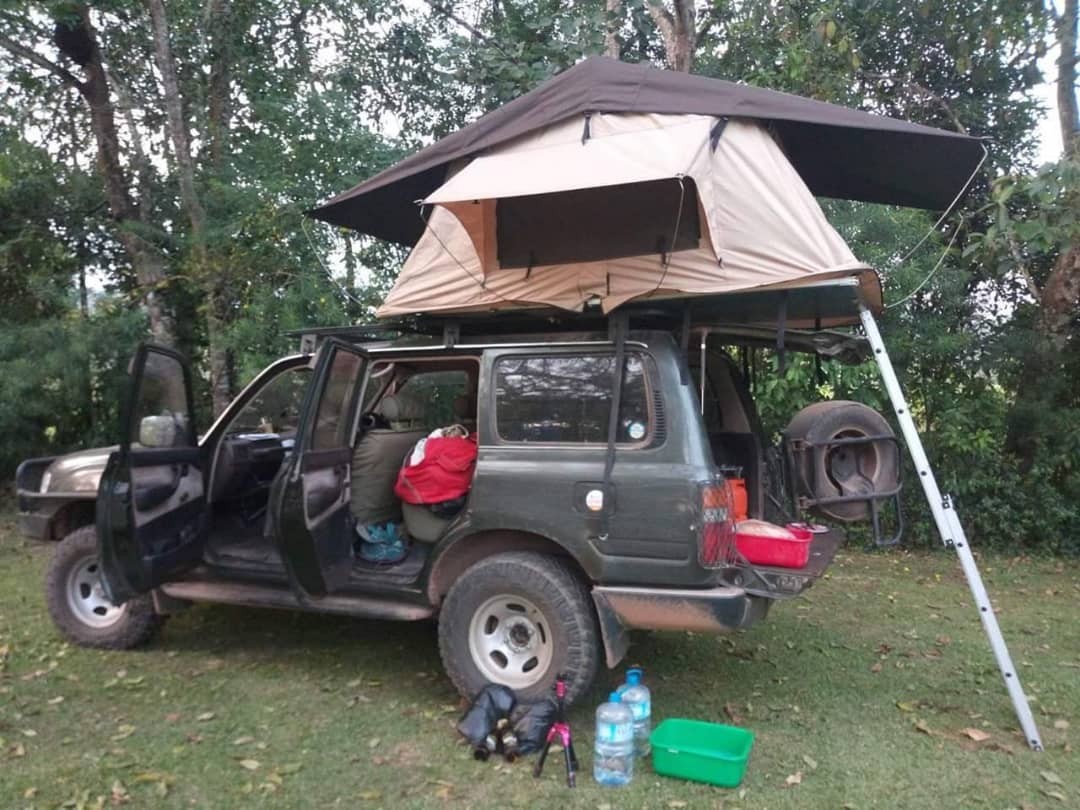
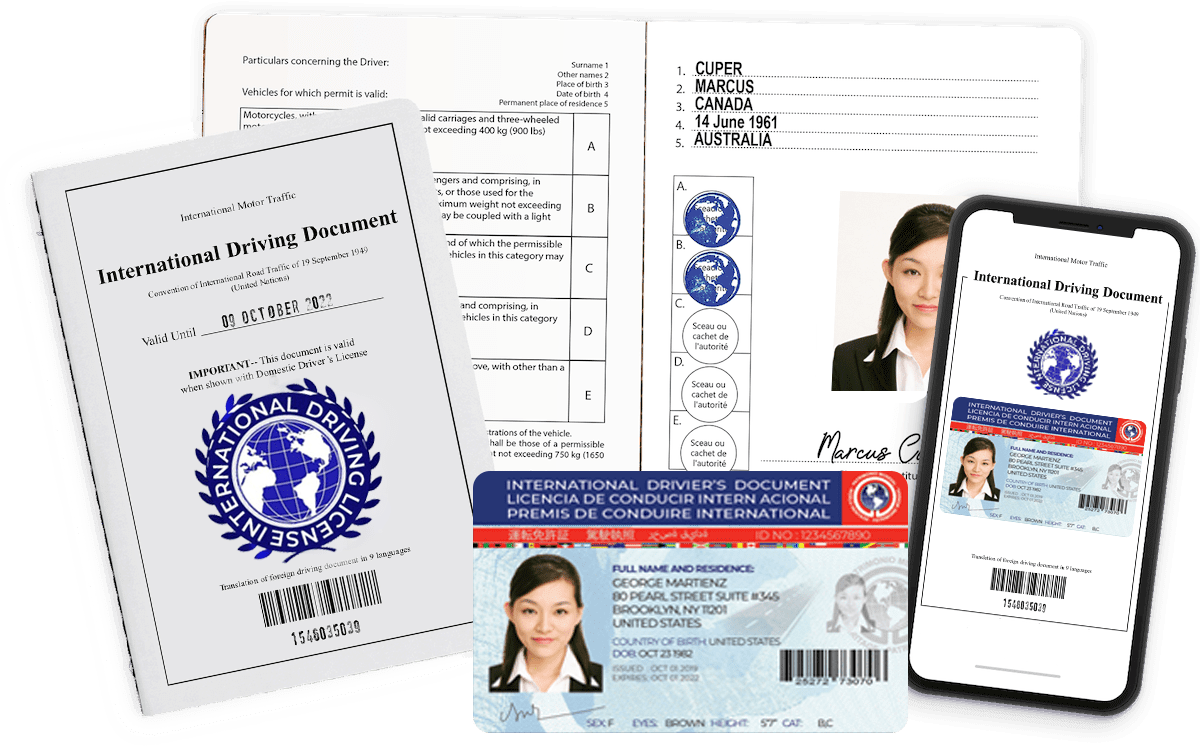




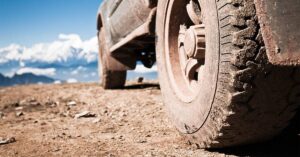
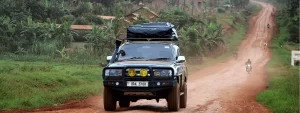
Related Articles
A Deep Dive Into The Toughest Uganda Safari Vehicles
A Beginners Guide To Planning A Uganda Self Drive Safari
Best Time to Visit Uganda for Safaris: Month-by-Month Guide